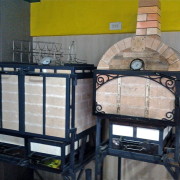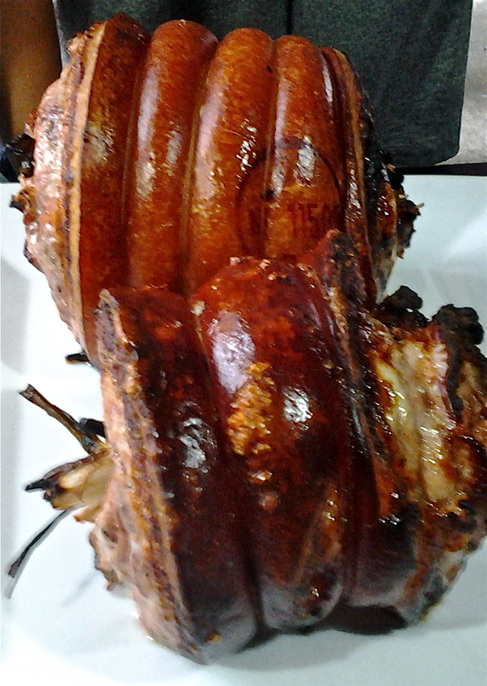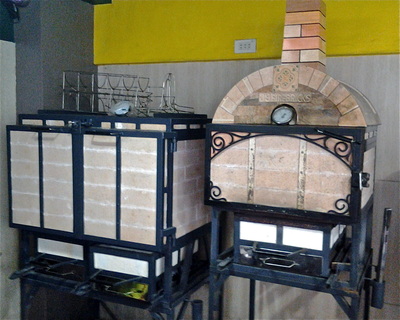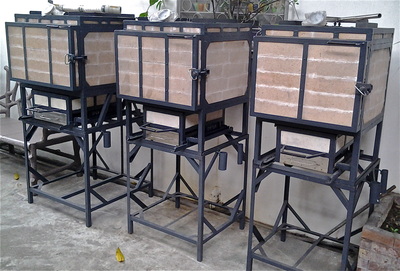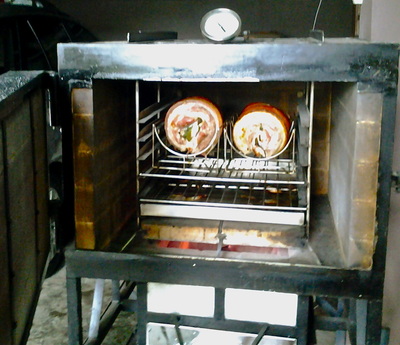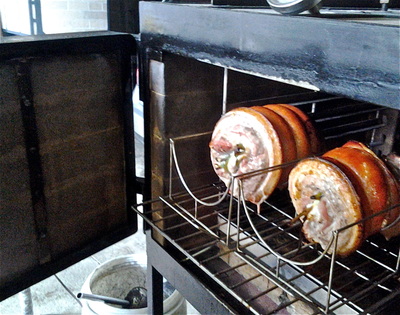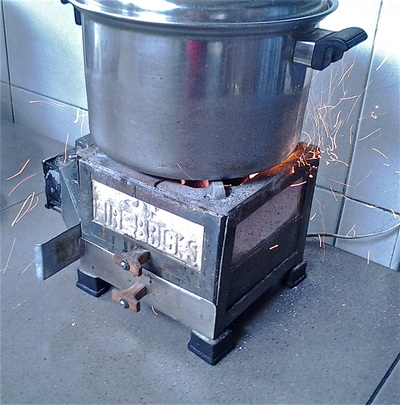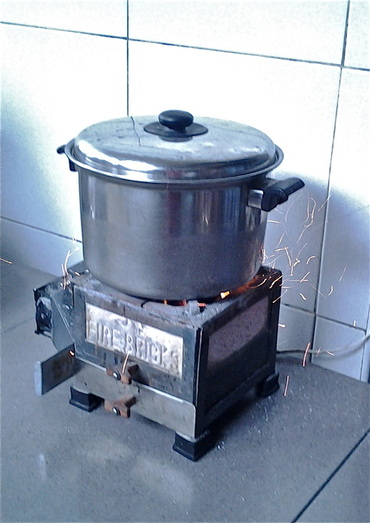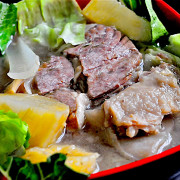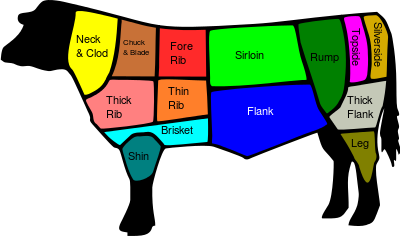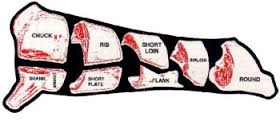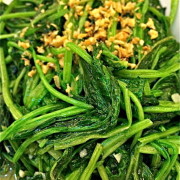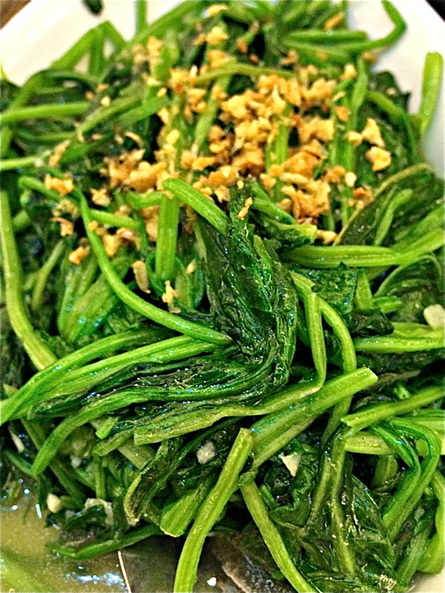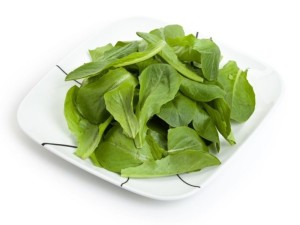New food equipment find. Goodbye gas, electric and open pit cooking.
My son’s best friend, Dexter, wishes to surprise his wife, Chef Len,
a remarkably functional kitchen aid which, at the same time, could initially be utilized
for their biz. Scouting around, the couple found a prospect and so I and wifey, Marilyn, tagged along.
Primary trials to note eye-appeal, taste and aroma were set
in this very un-assuming place down 19th Avenue, Cubao, Quezon City.
I’m no easy to please when it comes to food, its prep, production flow and the end item.
Never did it scratch my brain that when we leave, I will say to myself…
I SHALL RETURN
to get 2 industrial type cookers
in replacement for the double-burner high pressure stoves used in dimsum and dumplings
as well as the other cooked frozen processed meats we produce and market.
Why? Wanna know?
a remarkably functional kitchen aid which, at the same time, could initially be utilized
for their biz. Scouting around, the couple found a prospect and so I and wifey, Marilyn, tagged along.
Primary trials to note eye-appeal, taste and aroma were set
in this very un-assuming place down 19th Avenue, Cubao, Quezon City.
I’m no easy to please when it comes to food, its prep, production flow and the end item.
Never did it scratch my brain that when we leave, I will say to myself…
I SHALL RETURN
to get 2 industrial type cookers
in replacement for the double-burner high pressure stoves used in dimsum and dumplings
as well as the other cooked frozen processed meats we produce and market.
Why? Wanna know?
Tried 2 different marination & stuffing approaches to 2 liempos (pork belly)
With almost 2 handfuls of ordinary charcoal, set temp to 350*F which dropped to 300*F when liempos were wedged inside. And this temp was maintained in the entirety of our experiment.
Cooked for 2 hours & 15 minutes…the results:
1. Some part crispy skin-some part not. This is due to shorter cooking time which must be 2.5 to 3.0 hours.
Highly attainable.
2. Mega juicy inside for both liempos. The “insulated” heat acts as if we were “braising” sans meat juice or could be compared to the idea behind slow cookers or maybe, just maybe, to a sous vide cooking technique
which will result to very tender meat while eliciting juiciness every bite.
3. The “miraculously” maintained cooking temp even when oven-door was once-in-a-while opened to check meat status. Should we wish to jack-up temp, add more charcoal.
4. Since heat is “insulated” and “maintained” internally, the outside bricks are just pretty warm and touch-capable.
Absolutely NO danger of burns.
5. Cleanest and SAFEST cooking medium I’ve ever seen in my whole senior life.
No smoke. No danger of exploding (gas) or short circuit (electric cookers).
With almost 2 handfuls of ordinary charcoal, set temp to 350*F which dropped to 300*F when liempos were wedged inside. And this temp was maintained in the entirety of our experiment.
Cooked for 2 hours & 15 minutes…the results:
1. Some part crispy skin-some part not. This is due to shorter cooking time which must be 2.5 to 3.0 hours.
Highly attainable.
2. Mega juicy inside for both liempos. The “insulated” heat acts as if we were “braising” sans meat juice or could be compared to the idea behind slow cookers or maybe, just maybe, to a sous vide cooking technique
which will result to very tender meat while eliciting juiciness every bite.
3. The “miraculously” maintained cooking temp even when oven-door was once-in-a-while opened to check meat status. Should we wish to jack-up temp, add more charcoal.
4. Since heat is “insulated” and “maintained” internally, the outside bricks are just pretty warm and touch-capable.
Absolutely NO danger of burns.
5. Cleanest and SAFEST cooking medium I’ve ever seen in my whole senior life.
No smoke. No danger of exploding (gas) or short circuit (electric cookers).
I could go on for hours but grasping for adjectives to exclaim stand in the way.
…and this type, will go with the 2 heavy duty in the line, too.
Imagine a scoop of small sized-broken charcoal cooked:
1. thru boiling, the beef bites that went with the spaghetti they served us
2. steamed rice
3. the final sauce.
WHOAH. PERFECT
The “no hassle”, “ultra cleanest”, “zero danger” & “cheapest” cooking medium.
Imagine a scoop of small sized-broken charcoal cooked:
1. thru boiling, the beef bites that went with the spaghetti they served us
2. steamed rice
3. the final sauce.
WHOAH. PERFECT
The “no hassle”, “ultra cleanest”, “zero danger” & “cheapest” cooking medium.


